Animal welfare
A new home for lab rats
It is the first so-called rehoming project at the University of Bern: 30 rats from animal experiments were handed over to Swiss Animal Protection and members of its section, the Swiss Rat Friends Club.
It was a double premiere: for the first time, an introductory course in laboratory animal science was held for researchers who need to work with animals and in which mice and rats were used for training purposes. Following this - another first - 30 rats were handed over to animal welfare organizations for the first time so that they could be given to private pet lovers and thus into a new home.
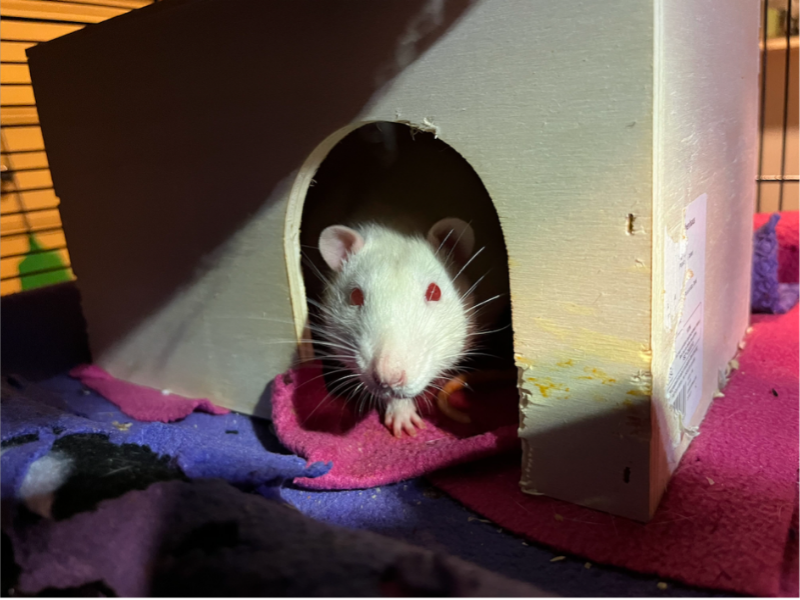
As part of the first so-called Module 1 course in laboratory animal science at the University of Bern, researchers from the fields of medicine and veterinary medicine were taught by Fabienne Chabaud, Deputy Animal Welfare Officer at the University of Bern, how to handle rats and mice and work with them in such a way that animals and humans experience as little stress as possible.
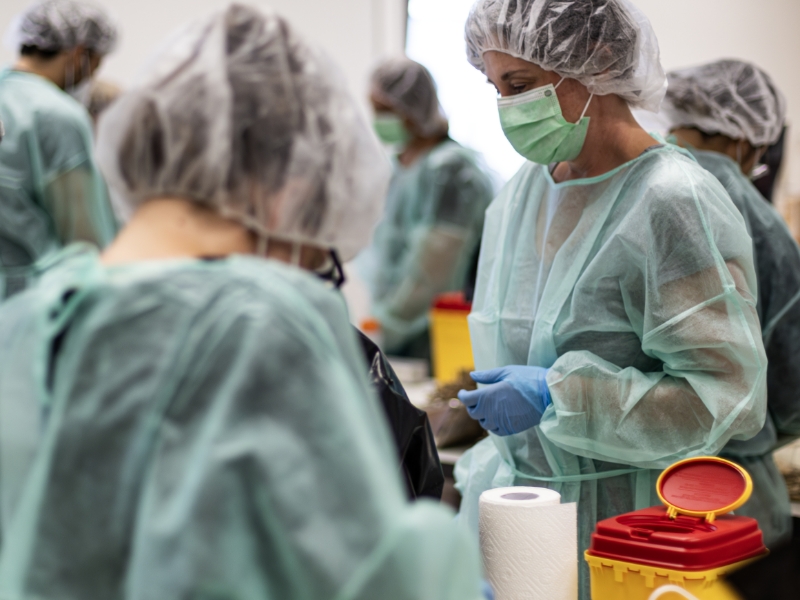
The course and the subsequent rehoming initiative align with the University of Bern's commitment to a “Culture of Care,” emphasizing responsibility towards animals and those working with them.
Subscribe to the uniAKTUELL newsletter

Discover stories about the research at the University of Bern and the people behind it.
This commitment was further solidified by the University signing the "Culture of Care Charter" of the Swiss 3R Competence Centre, outlining steps to actively implement this culture in daily research activities. The 3Rs Principle—Replace, Reduce, Refine—advocates for using alternatives to animal testing wherever possible, minimizing the use of animals in research while obtaining comparable levels of information, and refining experimental techniques to reduce stress and enhance animal welfare. "It is an official recognition that the University of Bern will do its best to apply the 3R principles beyond the legal requirements," says Isabelle Desbaillets, Animal Welfare Officer at the University of Bern.
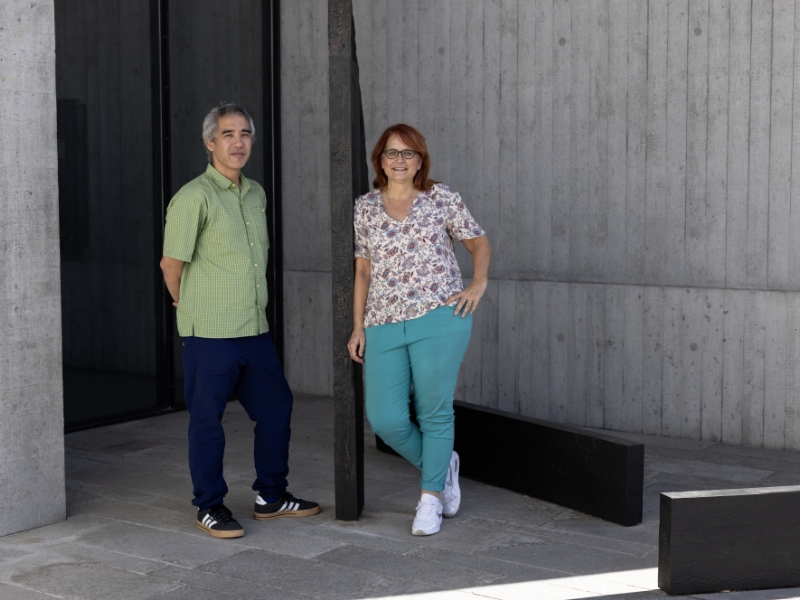
Isabelle Desbaillets prepared the rehoming of 24 male and 6 female rats together with Homare Yamahachi, the deputy 3R coordinator at the University of Bern. 3R stands for the principle "Replace, Reduce, Refine" - replace, reduce, improve animal experiments. Homare Yamahachi began contacting the Swiss Animal Protection association a year ago in order to conclude a rehoming agreement between the University of Bern and the animal welfare organizations. The STS covers half of the rehoming costs incurred per animal. The other half is borne by the institutions and researchers who rehome the laboratory animals. This relieves the burden on the STS sections that take in the laboratory animals, acclimatize them to their new environment and then place them with private individuals. The project is financially supported by the University of Bern Executive Board.
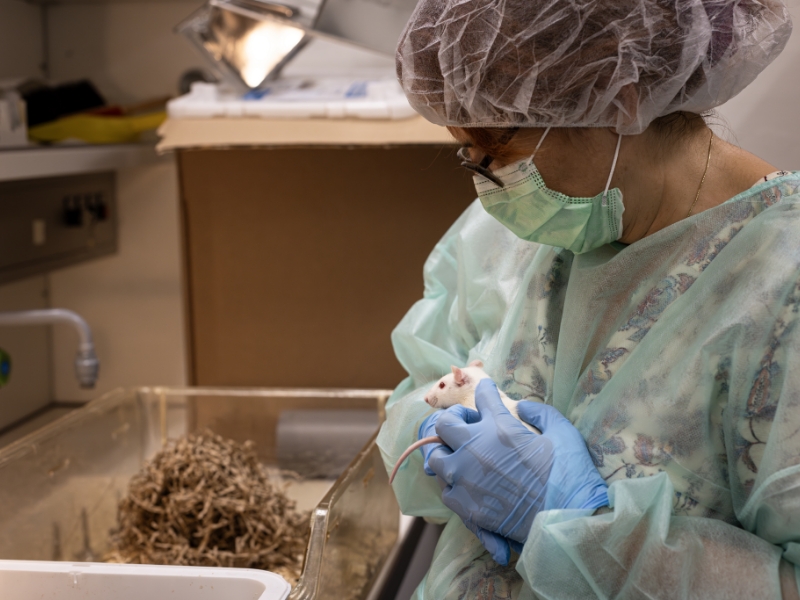
"Our group of rats is not that big, there are only 30 of them," says Homare Yamahachi. "We have now been able to relocate all of them." The rehoming initiative is part of a broader plan, with the University also intending to rehome mice and rabbits.
The effort involved in rehoming laboratory animals is high: numerous official permits are required, the male rats have to be castrated before rehoming, the handover organized and the transport and handover prepared in special boxes. The handover also needs to be planned accordingly as part of the laboratory animal science course, in which the rats are used for training purposes: "Mice and rats must not be in the same room - rats are omnivores and can also raid mouse nests, which is why the smell of rats stresses the mice," explains Fabienne Chabaud.
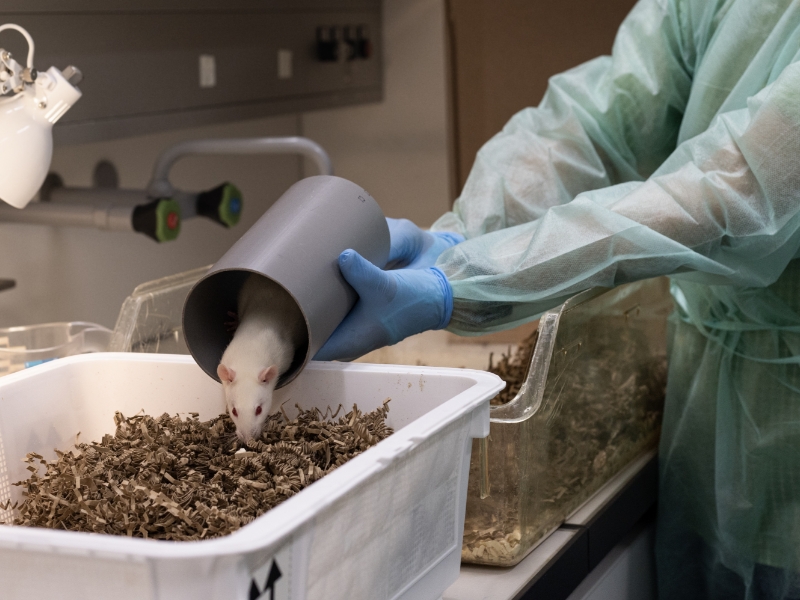
Fabienne Chabaud knows how to minimize stress in mice and rats: in the next room, she explains to the participants how to handle the young mice using open cages and laboratory material. These are very active: every now and then a mouse escapes and has to be caught again by Fabienne Chabaud with a steady hand. Among other things, the correct lifting of the mice is practiced using so-called "tunnel handling" or "cup handling" instead of simply lifting them by the tail, which would be the easiest way for the researchers but induces anxiety in the animals. This new way of handling the mice is being implemented at the University of Bern. It was developed by Jane Hurst of the University of Liverpool and is supported by the Swiss 3R Center (see explanatory video).
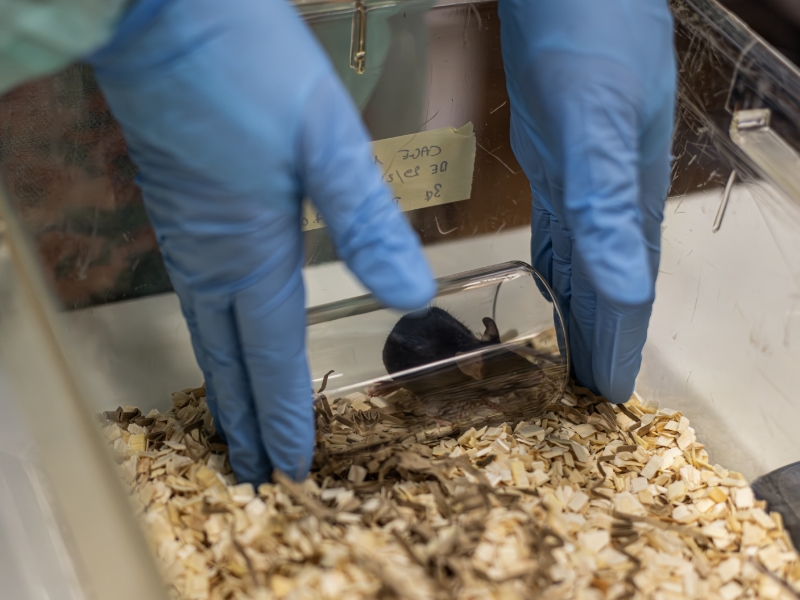
Advanced users lift the mice using "cup handling", i.e. "scooping" them into the palms of their hands, which are shaped into a bowl. However, the mice first have to get used to the hand. "Some of the course participants have never held a live animal before and are therefore nervous," says Fabienne Chabaud. She takes a lot of time to give them confidence. Once animal and human have become accustomed to each other, she teaches them how to hold a mouse correctly when they are being examined, for example to determine its sex or weight or to take a blood sample.
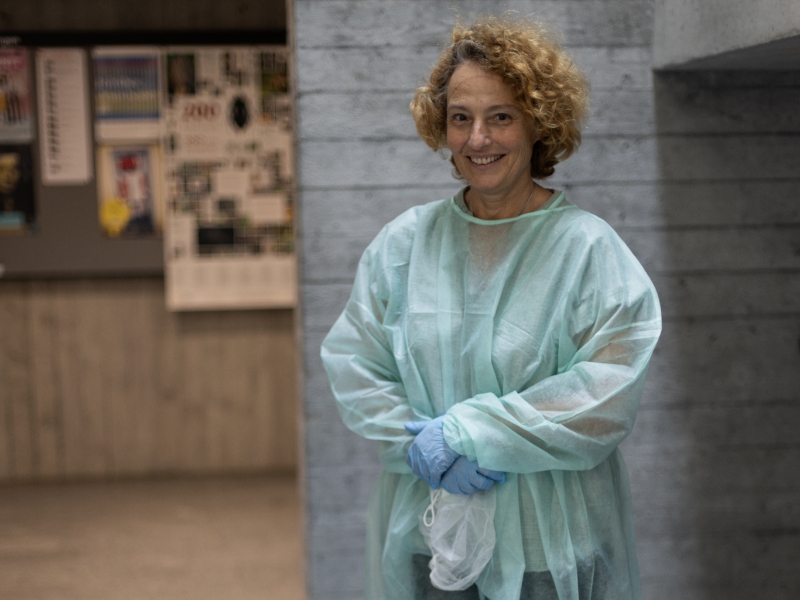
After the participants completed their training session with the rats, the car from the Swiss Rat Friends Club pulls up outside: Judith Bernegger, President of the Club, and member Rebecca Woywod get out. Together with Homare Yamahachi and Isabelle Desbaillets, they place the prepared transport boxes on trolleys, roll them to the car and lift them into the trunk. There are 18 rats, three in each box. A few hours later, a member of the Swiss Animal Protection STS office will pick up the remaining 12 rats and transport them to other STS sections for rehoming.
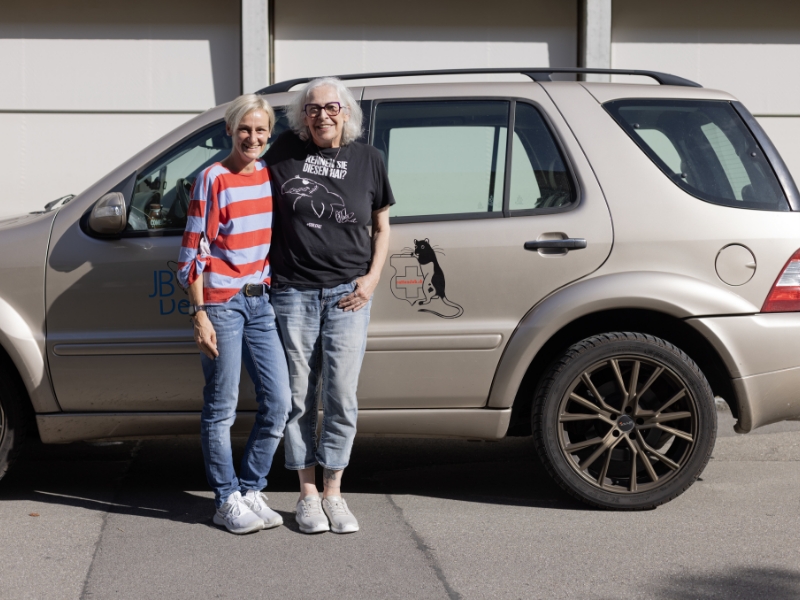
The STS sections do the actual placement work: the 30 laboratory rats must first be accustomed to a life as pets before they can be passed on to private pet owners. The sections are reimbursed half of their veterinary and accommodation costs by the University of Bern and half by the Swiss Animal Protection STS.
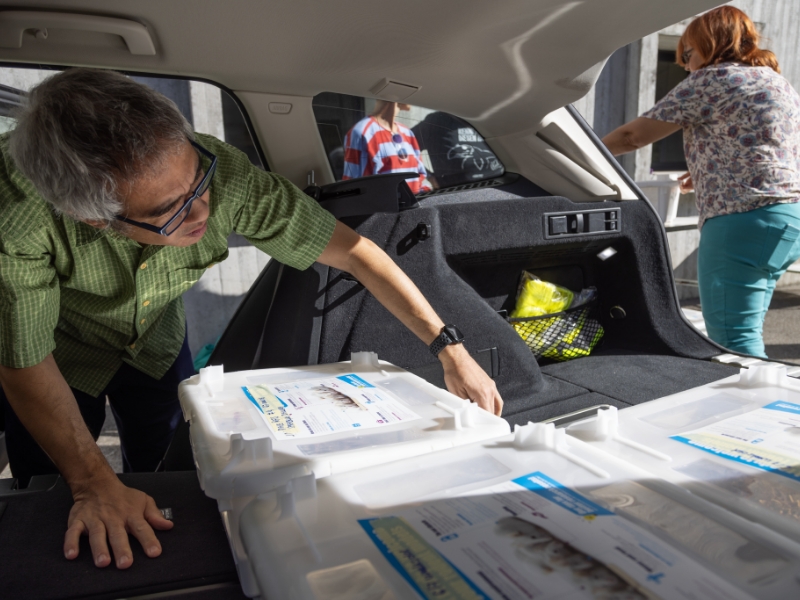
"We are looking forward to finding the rats a loving new home," says Judith Bernegger. Shortly after the handover, news arrived from the Club that the rats had settled in well and that all animals could already be placed with private pet owners who can offer them a species-appropriate environment.
About the Culture of Care at the University of Bern
The University of Bern is part of the Swiss Culture of Care working group, which is committed to promoting respectful treatment of animals and employees. In 2023, the University of Bern signed the "Culture of Care Charter" of the Swiss 3R Competence Center (3RCC). The charter is intended to provide practical suggestions for steps and measures to actively incorporate the Culture of Care (CoC) into daily research work. It is rooted in the 3Rs principle (replace, reduce, refine animal experiments). Joining the CoC Charter is an official recognition that the University of Bern will do its best to apply the 3R principles above and beyond the legal requirements.